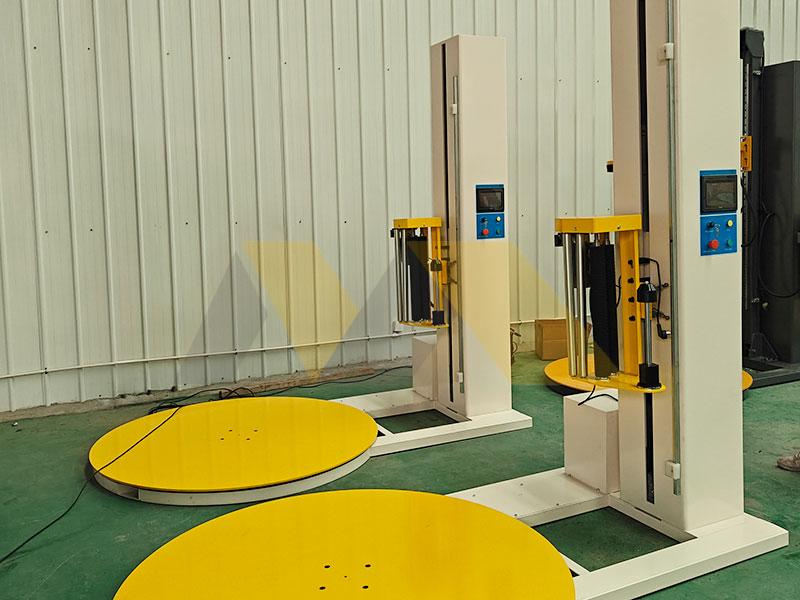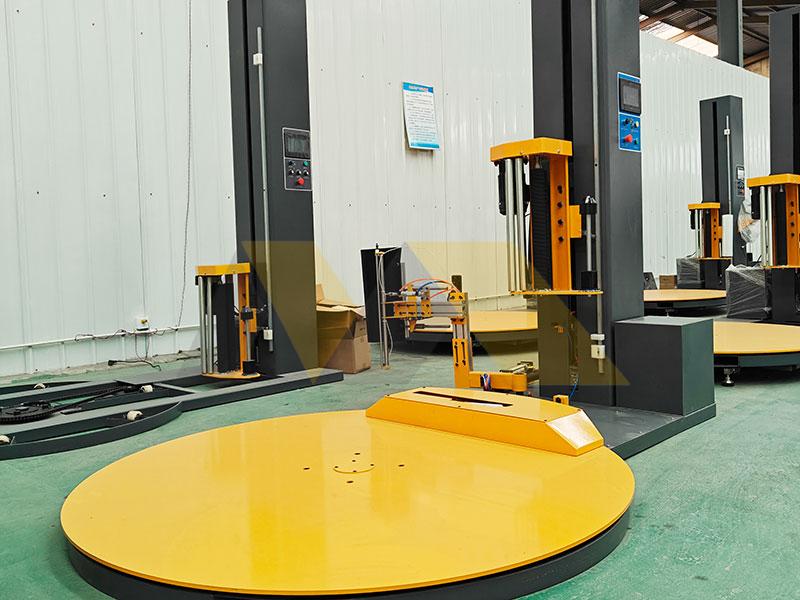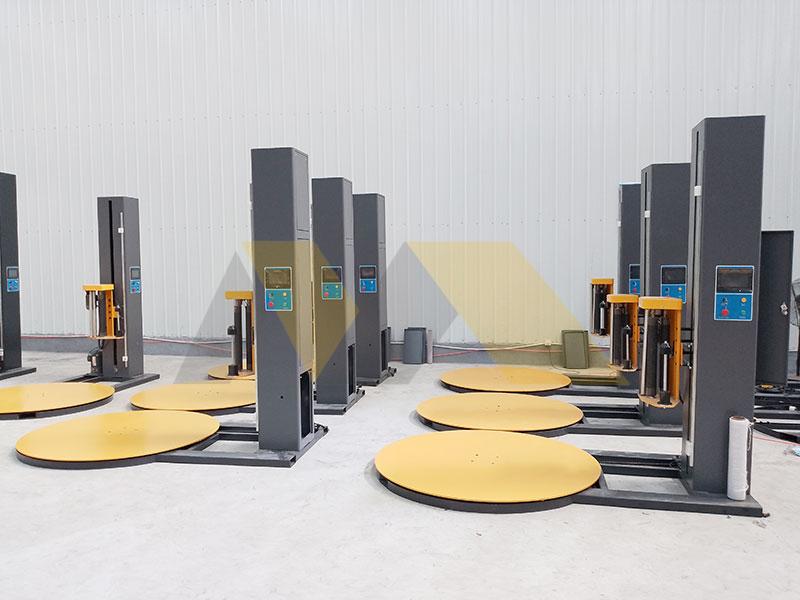Frustrated with product damage? Consistent packaging failures cost money. Professional shrink wrap eliminates risks and boosts productivity.
Shrink wrap machines use heat-shrink film to tightly seal items, protecting against moisture, dust, and tampering while creating presentation-ready packages for shipping or retail. They’re essential for businesses needing reliable, efficient containment.
Choosing the right equipment matters. After sourcing machines for import partners globally, I’ve learned that understanding key aspects prevents costly mistakes. Let’s explore this tool transforming packaging.
What are the different types of shrink wrapping machine1s?
Sealing errors slowing production? Different items demand specialized solutions. Matching machines to needs solves headaches.
L-bar sealers handle irregular shapes, I-bar units seal pallet loads, sleeve wrappers protect long items, and chamber machines envelop bulk goods. Tunnel systems are best for high-volume production lines.
Matching Machines to Your Packaging Goals
Getting this wrong causes film waste and slowdowns. For Lambert’s operation in Canada, we analyzed his shipments first. Here’s how each type solves specific challenges:
| Machine Type | Best For | Output Speed |
|---|---|---|
| L-Bar Sealer | Boxed items, DVD bundles | 15 packs/min |
| I-Bar System | Palletized goods | 8 pallets/hr |
| Chamber Machine | Gift sets, food packs | 20 units/min |
| Sleeve Wrapper | Bottles, tubes | 30 items/min |
| Tunnel System | Automated conveyor lines | 50+ units/min |
Our factory customizes these for overseas buyers. I recall an importer using chamber units for cosmetic kits – his customer complaints dropped 70%. The heat controls proved critical for blister packs. Consider your typical package sizes and daily volumes. For mixed operations, hybrid options exist. Always request factory testing with your actual products.
What is a shrink wrapping machine?
Annoyed by inconsistent results? Hand wrapping destroys efficiency. Purpose-built equipment delivers perfect seals every time.
A shrink wrapping machine automatically applies polymer film, seals edges, and shrinks it tightly using heat. It transforms loose items into protected bundles ready for storage or transport with professional appearance.
Core Components That Ensure Reliability
Cheap units often fail when exporting internationally. Through six years manufacturing these, we’ve identified non-negotiable elements:
- Conveyor belt systems – Must match product weight tolerance
- Sealing bar mechanics – Failure causes package openings
- Temperature controls – ±5°C precision prevents burnt film
- Film tension regulators – Avoids wrinkles and waste
Japanese importers taught me a hard lesson: weak heat elements fail in humid transit. Now we use military-grade coils tested to 10,000 cycles. Certification checks matter too – Lambert once received fake UL documents from another supplier. We provide live factory videos now. Bottom line: these aren’t generic tools but engineered solutions needing precise calibration. Request sample videos of YOUR products being wrapped.
How much does shrink wrapping cost?
Hidden costs eating profits? Equipment pricing varies wildly. Smart sourcing balances quality and budget realities.
Entry units start at $1,200, semi-automatic models cost $4,000-$8,000, while high-speed systems exceed $25,000. Final pricing depends on automation level, materials, throughput speed, and customization needs.
Breaking Down Your Investment
Importers like Lambert need predictable ROI. Last quarter, a Montreal buyer saved $11K/year switching from manual labor. Consider these factors:
| Cost Component | Entry Model | Pro Model | Impact |
|---|---|---|---|
| Equipment Purchase | $1,200 | $8,500 | Avoid cheap clones failing within months |
| Film Costs | $0.10/unit | $0.06/unit | Higher-volume machines reduce per-unit |
| Maintenance | $200/year | $800/year | Proper seals prevent rework penalties |
| Energy Use | 0.5kW/h | 3kW/h | Efficient heat tunnels lower bills |
Customizations affect pricing too. We engineered rollers for a Tokyo client handling fragile ceramics – added $700 but eliminated breakage. For exporters: clarify EXW/FOB terms upfront to avoid surprise logistics fees. Contact us for region-specific quotes – Singapore buyers get special ASEAN trade rates. Discuss your project
What heat gun is best for shrink wrap?
Inconsistent shrinkage causing returns? Wrong heat tools damage products. Professional equipment eliminates guesswork.
Industrial dual-temperature guns rated 1500W-2000W work best, featuring adjustable airflow nozzles. For packaging operations, integrated tunnel systems outperform handheld tools.
Precision Heat Management Secrets
In 2022, a Vancouver importer recalled 15,000 units due to melting. Handheld guns often fail under pressure. Consider:
- Thermal Stability – Fluctuations cause uneven shrinkage
- Airflow Control – Turbulence damages labels
- Safety Features – Auto-shutoff prevents fires
- Durability – Metal housings last longer
We recommend:
| Standalone Guns | Integrated Tunnel Systems | |
|---|---|---|
| Precision | Temperature variance ±25°C | ±3°C with sensors |
| Output | 15-20 packs/hour | 60-100 packs/hour |
| Failure Rate | High during continuous use | Near-zero in production |
For export shipments, our tunnel systems include voltage converters. Montreal buyers reduced rejects from 12% to 0.8% using them. Don’t waste savings on the wrong components.
Conclusion
Selecting optimized shrink wrap machinery protects merchandise and boosts export competitiveness. Partner with specialists for tailored solutions.
-
Explore this link to understand the mechanics and benefits of shrink wrapping machines for your packaging needs. ↩



